
NEWS
Successful launch of the last FY-2 satellite
发布时间:
2018-07-08 16:22
On June 5, FY-2 H Satellite developed by the Shanghai Academy of Spaceflight Technology was successfully launched on the Long March 3A launch vehicle at Xichang Satellite Launch Center. H-satellite, the last of China's first-generation geostationary orbiting meteorological satellites, will perform networking observations with the on-orbit FY-2 E, F and G satellites, which means great significance for guaranteeing business continuity of the two generations of geostationary orbiting meteorological satellites in China. After completion of the on-orbit test, H-satellite orbit will be adjusted to the west and fixed above the equator at 79 degrees east longitude to help improve the monitoring capability of China's weather system over the upper reaches. It will provide monitoring services such as weather forecasting and disaster prevention and reduction for countries along the “One Belt and One Road” and Asia Pacific Space Cooperation Organization member states, contributing more to the building of human destiny community.
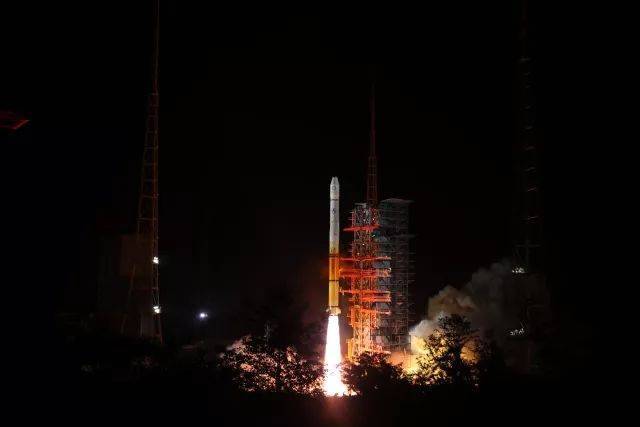
FY-2 H-satellite operates in a geosynchronous orbit at a height of 36,000 kilometers. With main payloads of scanning radiometers and space environment monitors, it can provide users with real-time visible light, infrared and water vapor cloud maps, space weather and satellite space environment related products. The scanning radiometer consists of one visible light and four infrared channels, which can capture whole disk images covering about 1/3 of the earth surface in hourly interval during non-flood season and in half hourly interval during flood season. Capable of emphatically observing disastrous weather such as typhoon and strong convection, it will play an important role in monitoring, early warning of meteorological disasters as well as disaster prevention and reduction. The space environment monitor can implement multi-energy segment monitoring of solar X-rays, high-energy protons, high-energy electrons and high-energy heavy particle flow in space weather monitoring, forecasting and early warning.
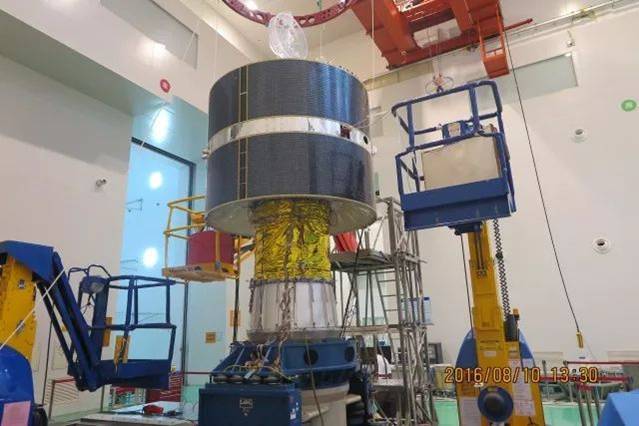
In April 2018, China National Space Administration, China Meteorological Administration, and Asia-Pacific Space Cooperation Organization signed a letter of intent regarding cooperation in the application of FY Meteorological Satellite. The fixed point position of FY-2 H satellite is adjusted to 79 degrees east longitude, and the observation coverage is expanded to member states of Asia-Pacific Space Cooperation Organization and countries along the “One Belt and One Road”, which will effectively enhance capabilities of these countries and regions in monitoring weather, climate and ecological environment.
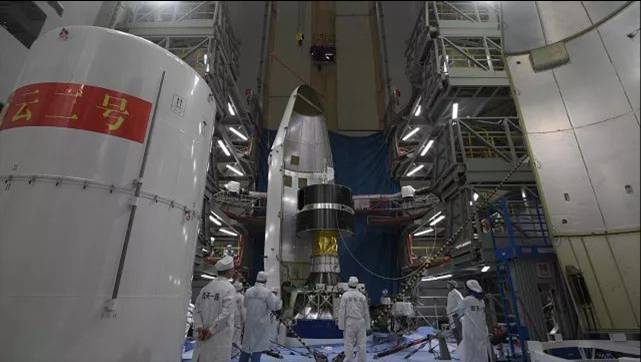
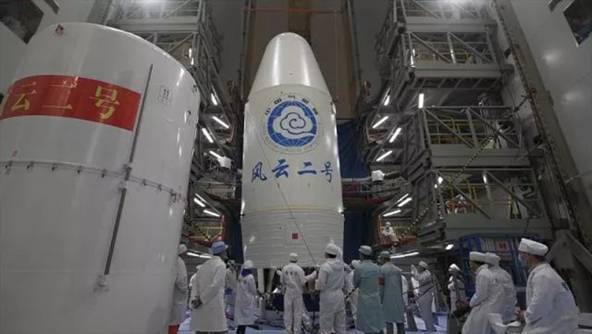
China is one of the few countries in the world that has both polar and geostationary orbiting meteorological satellites. After nearly 5 decades of development, China has successfully launched 17 FY meteorological satellites. At present, 8 satellites including 4 FY II, 3 FY III and 1 FY IV are in orbit. FY meteorological satellites are best used in domestic satellites and have reached the international advanced level, which have been incorporated in global business application meteorological satellite series by the World Meteorological Organization, becoming an important part of the global integrated observation system. Meanwhile, it serves as the on-duty satellite of the international disaster charter mechanism, providing satellite data and products for over 80 countries and regions in the world and 2,500 domestic users.
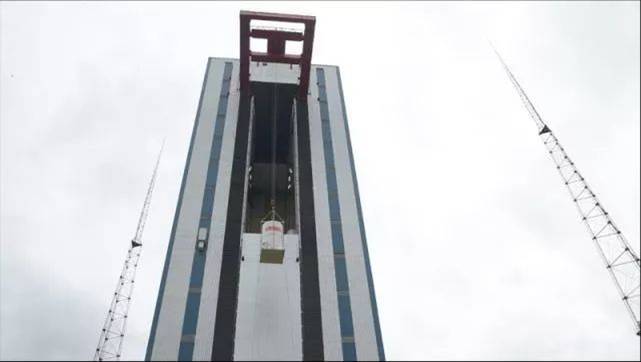
Reprinted from WeChat public platform "Shanghai aerospace"